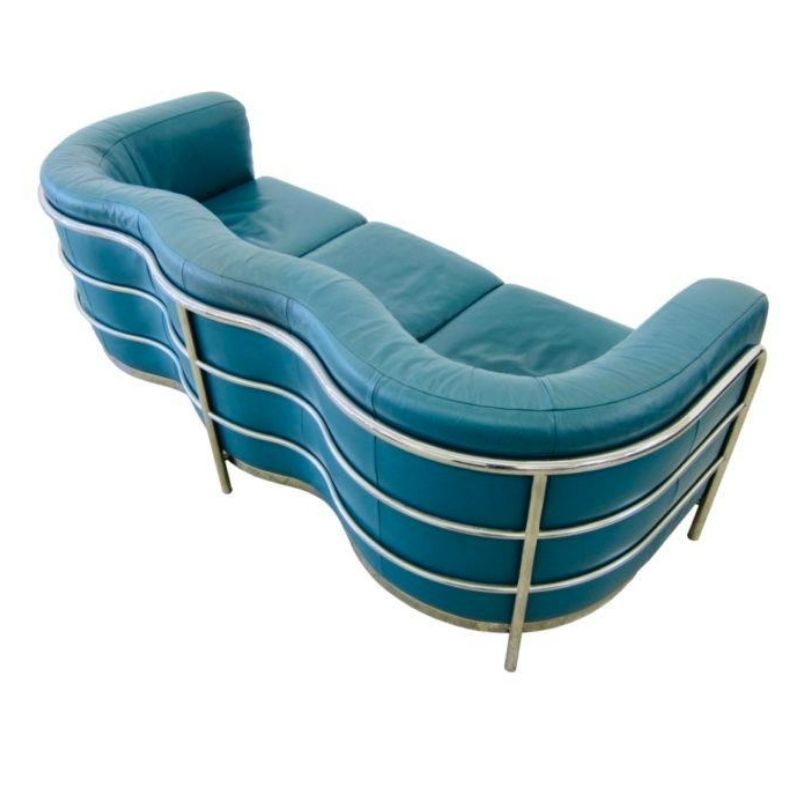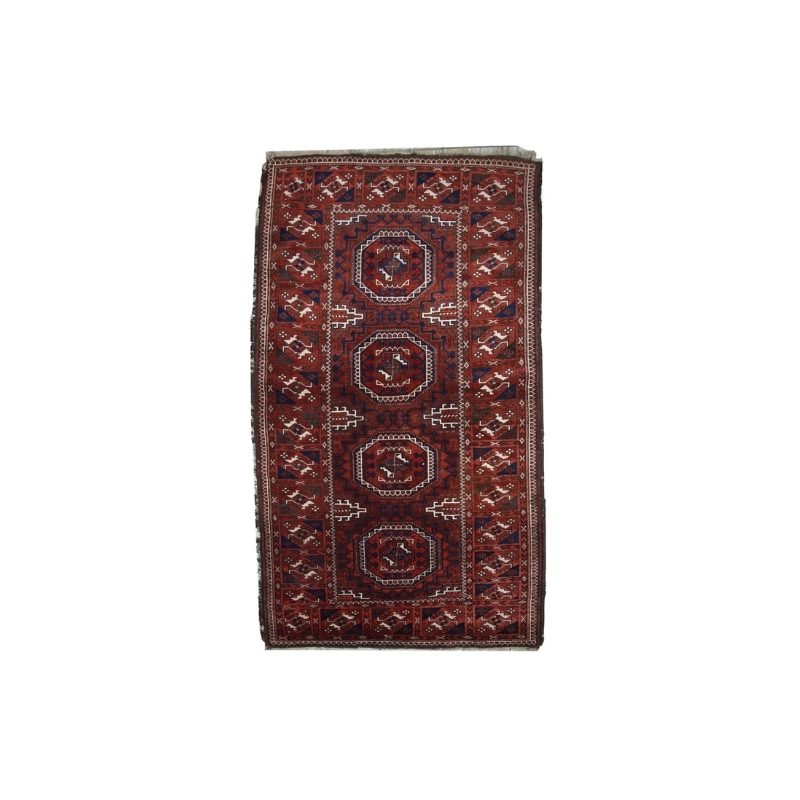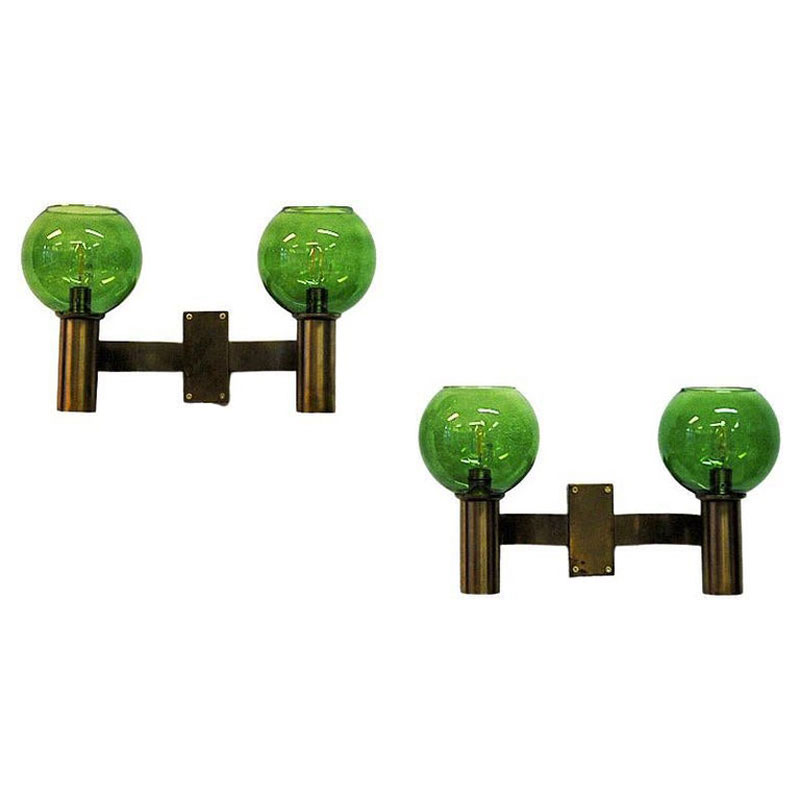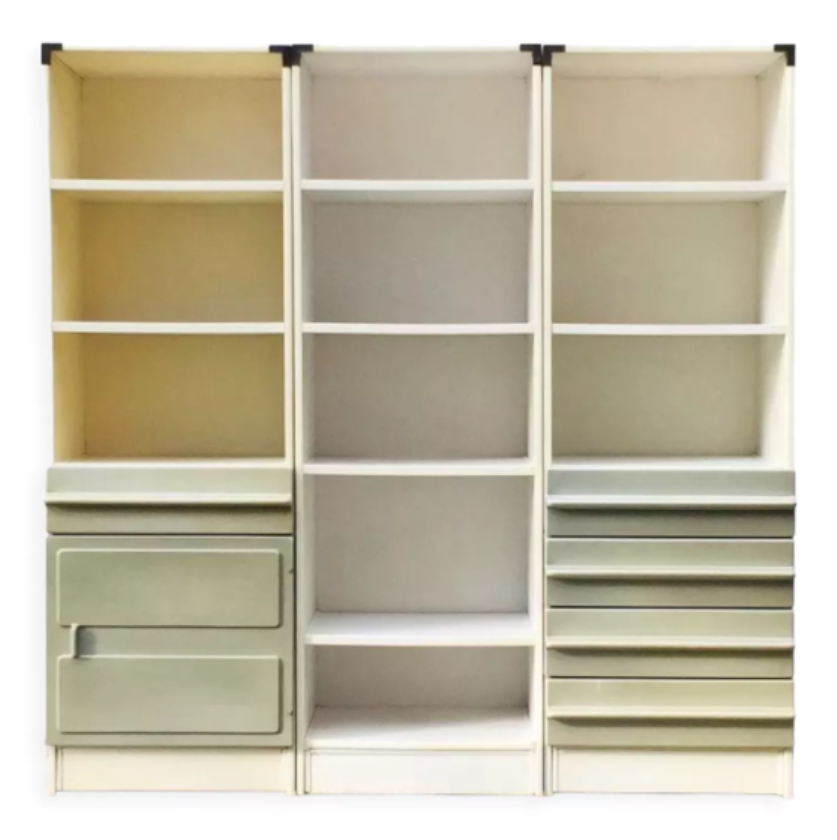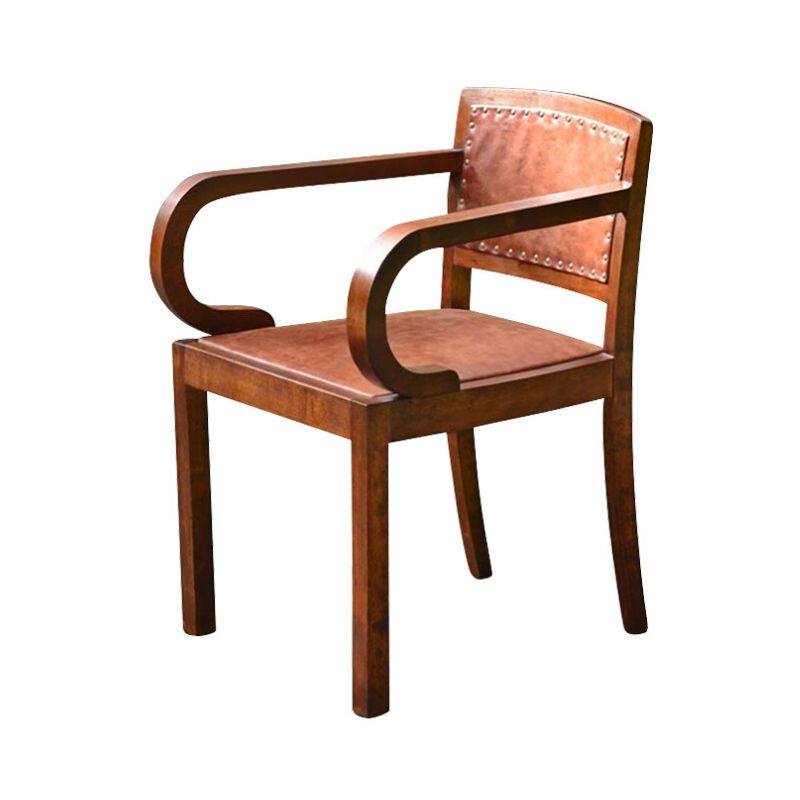I am restoring a Knoll Credenza that I found for dirt cheap on Craigslist. Unfortunately, it was in pretty bad condition with alot of dents, dings, scratches and blemishes. I tried to use Howards Restore a Finish (walnut) but it only made it slightly better and the blemishes are still very noticeable. I am wondering if I can sand the laminate top and doors and refinish using Howards (or another stain)? Has anyone had any luck doing this? Any advice you guys can give me would be much appreciated. Thanks so much!
http://imgur.com/a/MzQOO
Thanks for the advice! Yep, t...
Thanks for the advice! Yep, that is another side board. Its called lowercase by Andrew Iser. I was able to get those two pieces as well as a George Nelson credenza and executive desk in the same haul. I was ecstatic when I found it all. In terms of revarnishing, is there any product in particular I should use? This is my first foray into varnishing wood. Thanks again!
I might suggest
that you don't start your forays into restoration on a good and valuable piece like this one. i recommend either leaving it to a pro or let it sit till you learn your chops on lesser pieces. You could easily make it worth what you paid for it. This advise is based on the very basic level of your questions. And restore a finish is entirely inappropriate for the issues I see on that piece. It has made all the scratches darker than the rest of the wood because the coloring in it soaked in where there was no finish in the scratches to stop it. Now you have stained the scratched areas darker than the rest of the piece and will likely not get it back out without sanding all the way through the veneer. I am sorry you did not ask first. It went from a normal restoration which requires knowledge and skill to a very difficult one.
Even an uncolored oil
Will tend to make scratches dark if used on a piece with a finish other than an oil finish. This credenza would likely have suffered darkened scratches with plain oil. Likely not as dark as the dark stain in the restore a finish in the present example, but quite noticeable still. A bit more on Restore a finish; The name actually clues you in. It works on finishes. Scratches through have no finish, and this product is generally a disaster on bare wood.
OK, I looked up the MSDS
for Howard Restor-A-Finish and found that it is mostly mineral oil combined with a cocktail of a half-dozen organic solvents and Gilsonite (asphaltum) colorant.
As an old-school kind of guy, these kinds of products just frighten and confuse me.
If the task of restoring the credenza in its present state were left to me, I'd start by disassembling it, removing all hardware, and stripping it completely with good old methylene chloride. It sounds drastic, I know, but sometimes nuking the site from orbit is the only way to be sure.
I'm with glassartist
If you insist on doing this yourself, first things first, this piece likely doesn't even have varnish on it, but rather an oiled / rubbed finish. Secondly, always read the ingredients of the products you use. Lastly, I do think you can clean it up nicely...with time.
First go buy yourself some odorless mineral spirits, #3 steel wool, 100% PURE tung oil, rags, and #000 steel wool. Oh an probably an entire weekend, maybe make it a 3-day weekend because this is going to be way more involved than you thought...
Take the whole thing apart, doors, hardware etc. You can clean / lightly strip the finish using the mineral spirits and #3 steel wool. When it is fully dry, the wood should look very pale and dry but you don't want to see any blotching or discoloration in the wood. If there are any scratches, they you can lightly sand (w/ a sanding block) with 220 grit sandpaper, but be sure not to go through the veneer. Your main goal here is to just make it look better because some of those scratches on the doors look too deep to completely repair without causing irreparable damage.
I typically like to lightly sand the entire piece with the 220 and clean with a 50/50 blend of rubbing alcohol and water (in a spray bottle) before applying the oil. The alcohol / water blend will also mimic what the wood will look like with the oil applied and will highlight any imperfections that may need to be addressed. Once the wood is completely dry, you can flood the surface with the Tung Oil. 100% oil is basically a wipe on wipe off process, usually requiring a couple wipe offs as the wood absorbs the oil. You can finish the wood by lightly rubbing it with #000 steel wool (always rub sand paper / steel wool with the grain).
Good Luck...
.
edit: I deleted this post because I thought that M_Dennis covered it better than I did and posted while I was writing. Now I've just confused the post. Anyway, I was saying I'd do the same as tktoo, but maybe try out a citrus stripper first just to see if it works (probably not as well but sometimes it does). And then you could would be able to see what you are dealing with.
Leif, I've had some good results with citrus strippers.
And they are certainly less unpleasant to work with, but I've never used anything that comes even close to the efficacy of di-clo for when you're not exactly sure about what's on there.
I really hate ending up with too many containers of leftover solvents, paints, finishes, and other potentially hazardous and difficult-to properly-dispose-of materials in my shop, so I try to keep it as simple as I can buy limiting my purchases to as few basic and proven products as possible.
Finally, I will mention that...
Finally, I will mention that I am reasonably certain those scratches could be removed from the veneer (photos can lie, so maybe there is something I am not seeing). And it would NOT involve sanding, which would go right through the veneer. It involves precisely scraping out the scratches with razor blades, but it requires a lot of practice to master.
I'm with everybody else on this
Clark - this is a tough one to tackle regardless of your experience and expertise. Not only do you have to contend with a massive surface area, but also different types of damage. Here are the issues I see and possible methods to fix them:
1) black stains on the top :: these areas will first need to be stripped of their original finish (I use Soy Gel exclusively - easier on your body and the environment compared to just about everything else), bleached with hot oxalic acid (not nearly as bad as most people think), and the acid then neutralized with diluted white vinegar;
2) impressions in the tops and sides :: if you're gonna to this right, these should be steamed out with sopping wet rags and an iron;
3) leather handles may be cracked :: remove them and use a quality leather conditioner (I use Lexol exclusively) to restore them, or make some new ones;
4) at this point you've destroyed some at the original finish, so you have to remove the rest of it to do a proper job :: so strip the rest of the carcass - again, I use Soy Gel, which can be cleaned up with water (though on woods with high concentrations of tannins (eg oak, beech), it can cause black spots to form, so once it's stripped you must return to it with the oxalic acid and the vinegar to remove the black spots);
5) lots of scratches :: the light scratches can be sanded out, and deeper ones steamed, filled with a colored epoxy, or just left as 'patina';
Once you've gone through all of these steps (maybe 8 hours of work) and it's dry, hit the whole think with 240 and/or 320 grit sandpaper - maybe even 400 grit - just enough to knock down the grain that has raised from the bleaching, steaming, and stripping processes. Then oil it with Tru Oil (or comparable gunstock oil) - three coats on the top, two on the front and sides, and one on the insides of the doors and drawers. Buff with 0000 steel wool along the grain between each coat.
That's how I'd do it. Lot's of work to do it right...
But whatever you do don't go near it with teak or danish oil... or varnish, shellac, polyurethane, or beeswax for that matter.
Before you do anything else...
I would get a copy of "Wood Finishing 101" by Bob Flexner. It is an accessible and quick read; it cuts through most of the marketing nonsense that gets in the way. It has step-by-step instructions and will answer many of your questions. I recommend "Flexner on Finishing," also by Bob Flexner, if you want to go deeper into the topic.
You have a very nice piece here and it should be easy to repair. I think that it is worth taking some extra time to understand exactly what you are trying to achieve.
your opinion
tktoo
You strike me, via your posts, as a person who understands the meaning of "restoration".
That being said, a friend told me years ago to avoid projects and save my money for items in the best possible condition (exceptions and common sense prevails with true museum grade acquisitions in need of attention).
One very good to mint condition item as opposed to a multitude of works in progress. I see this as a cost savings and immediate gratification.
What is your opinion?
If you need any help, please contact us at – info@designaddict.com



